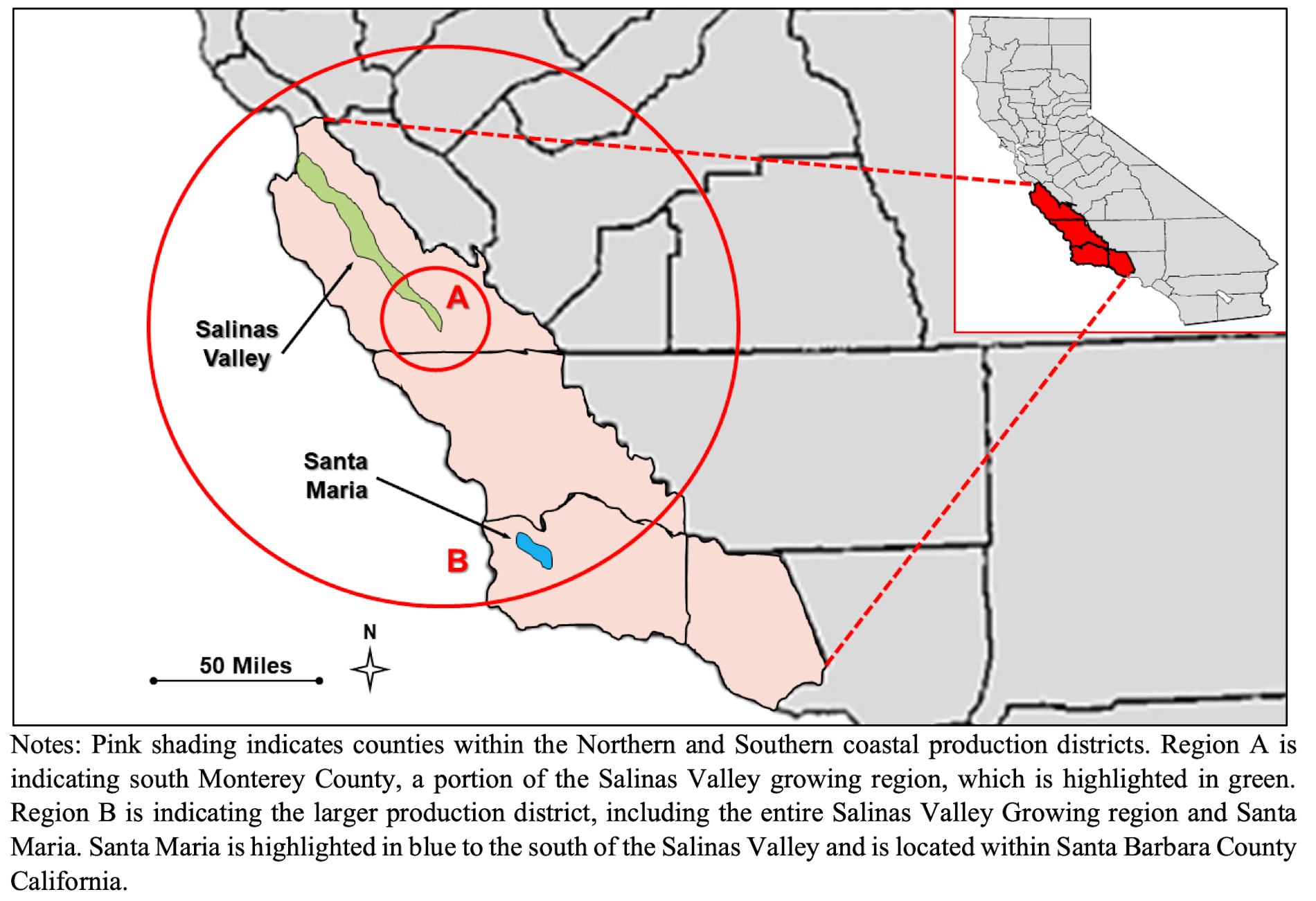Researchers review traceback investigations for the deadly romaine outbreaks

The current edition of The Journal of Food Protection reports on another study into three outbreaks involving romaine lettuce contaminated with Shiga toxin-producing Escherichia coli. This one focuses on determining the source of the outbreak vehicle through traceback investigations.
The Food and Drug Administration personnel traceback investigation experts employ a standardized process to initiate, execute, and interpret the results of traceback investigations in collaboration with the Centers for Disease Control and Prevention and state and local health departments.
This latest study was done by FDA and CDC professionals including Kari IrvinStelios ViazisAngela FieldsSharon SeelmanKaren BlickenstaffEllen GeeMatthew WiseKatherine MarshallLaura GieraltowskiStic Harris.
Their focus was on the traceback investigation of the three outbreaks of STEC infections linked to romaine lettuce in 2018 and 2019. As part of it they took another look at the demonstrated challenges, limitations, and opportunities for improvement.
The three outbreaks occurred in 2018 and 2019 and caused a total of 474 illnesses, 215 hospitalizations, and five deaths. These illnesses were linked to the consumption of romaine lettuce from three distinct growing regions in Arizona and California.
.According to the study abstract :
- Some of the challenges encountered included the time it took to initiate a traceback, limited product-identifying information throughout the supply chain, lack of interoperability in record-keeping systems, and co-mingling of products from multiple suppliers.
These challenges led to time delays in the identification of the farm source of the leafy greens and the inability to identify the root cause of contamination. The researchers said implementation of technology-enabled traceability systems, testing of these systems, and future regulations to incentivize the adoption of traceability systems are some of the initiatives that will help address these challenges by improving traceback investigations and ultimately preventing foodborne illnesses and future outbreaks from occurring.
Leafy greens contaminated with Shiga toxin-producing Escherichia coli (STEC) have continued to cause foodborne illness outbreaks and remain a present threat to public health.
The Journal of Food Protection® includes refereed scientific research and authoritative review articles on a variety of food safety and protection topics. JFP is the leading publication in the field of food microbiology and remains the premier journal dedicated to food safety. The journal is published by the International Association for Food Protection which is supported by the largest food science community.
(To sign up for a free subscription to Food Safety News, click here.)
